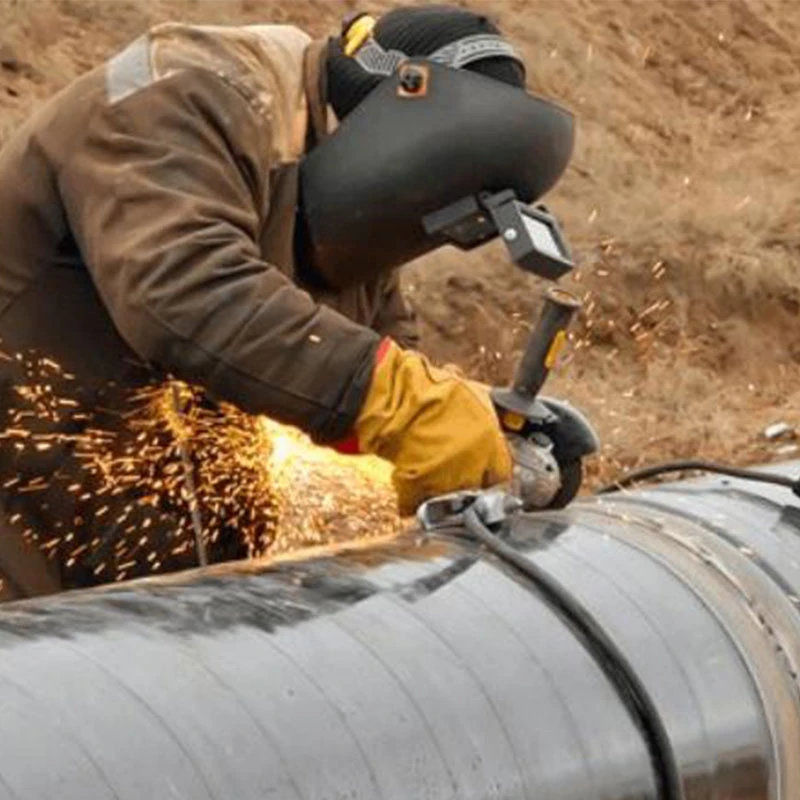-
Cangzhou Yulong Steel Co., Ltd.
-
Phone:
+86 13303177267 -
Email:
admin@ylsteelfittings.com
- English
- Arabic
- Italian
- Spanish
- Portuguese
- German
- kazakh
- Persian
- Greek
- French
- Russian
- Polish
- Thai
- Indonesian
- Vietnamese
- Zulu
- Korean
- Uzbek
- Hindi
- Serbian
- Malay
- Ukrainian
- Gujarati
- Haitian Creole
- hausa
- hawaiian
- Hebrew
- Miao
- Hungarian
- Icelandic
- igbo
- irish
- Japanese
- Javanese
- Kannada
- Khmer
- Rwandese
- Afrikaans
- Albanian
- Amharic
- Armenian
- Azerbaijani
- Basque
- Belarusian
- Bengali
- Bosnian
- Bulgarian
- Catalan
- Cebuano
- China
- China (Taiwan)
- Corsican
- Croatian
- Czech
- Danish
- Esperanto
- Estonian
- Finnish
- Frisian
- Galician
- Georgian
- Kurdish
- Kyrgyz
- Lao
- Latin
- Latvian
- Lithuanian
- Luxembourgish
- Macedonian
- Malgashi
- Malayalam
- Maltese
- Maori
- Marathi
- Mongolian
- Myanmar
- Nepali
- Norwegian
- Norwegian
- Occitan
- Pashto
- Dutch
- Punjabi
- Romanian
- Samoan
- Scottish Gaelic
- Sesotho
- Shona
- Sindhi
- Sinhala
- Slovak
- Slovenian
- Somali
- Sundanese
- Swahili
- Swedish
- Tagalog
- Tajik
- Tamil
- Tatar
- Telugu
- Turkish
- Turkmen
- Urdu
- Uighur
- Welsh
- Bantu
- Yiddish
- Yoruba

Sep . 23, 2024 20:17 Back to list
EN 1092-1 Flange Size Specifications and Guidelines for Selection
Understanding EN 1092-1 Flange Dimensions
Flanges are critical components used in piping systems to create tight seals between pipes and other equipment. Among the various standards for flanges, the EN 1092-1 standard is one of the most widely recognized in Europe and globally. It governs the dimensions, material specifications, and product standards for circular flanges used in pipelines. In this article, we will delve into the significance of EN 1092-1 flange dimensions, their categories, and their applications.
Overview of EN 1092-1
The EN 1092-1 standard was developed by the European Committee for Standardization (CEN). This standard specifies the technical requirements for flanges made from various materials including carbon steel, stainless steel, and alloy steel. It applies to flanges for pressure applications and includes specifications on dimensions, tolerances, and materials. This ensures that flanges can be manufactured and used with consistent quality and interoperability within the European market.
Categories of Flanges
The EN 1092-1 standard categorizes flanges based on their shape and intended use. The most common types are
1. PN (Pressure Nominal) This represents the pressure rating of a flange and indicates its ability to withstand certain pressure levels at specific temperatures. The ratings are defined in the standard and typically range from PN 2.5 to PN 64, with PN 10, PN 16, and PN 25 being the most commonly used.
2. Type Flanges may also be categorized by their design types, such as - Flat Flanges Commonly used for non-critical applications. - Raised Face Flanges These have a raised surface that helps achieve a better seal. - Blind Flanges Used to block off the end of a pipe, preventing fluid flow. - Lap Joint Flanges Used with a lap joint stub end to provide flexibility in alignment.
3. Size EN 1092-1 flanges come in various sizes, which are defined by their nominal diameter (DN), typically ranging from DN 10 up to DN 1000 and beyond. The choice of size depends on the pipeline’s diameter and the media being transported.
Importance of Flange Dimensions
en 1092 1 flange dimensions

The dimensions of flanges specified in the EN 1092-1 standard are crucial for ensuring compatibility throughout a piping system. The key dimensions include
- Diameter The outside diameter of the flange, which affects how it fits with pipelines and sealing materials. - Bolt Hole Spacing Proper spacing ensures that bolts can be installed evenly, which is vital for maintaining pressure integrity. - Thickness The thickness of the flange is important for the ability to withstand internal pressures without deforming or failing.
Incorrect flange dimensions can lead to leakage, reduced piping system performance, and safety hazards. Therefore, it is essential to adhere strictly to the EN 1092-1 dimensions when designing, selecting, or manufacturing flanges.
Applications
Flanges adhering to the EN 1092-1 standard are extensively used across various industries, including
- Oil and Gas In the extraction and transportation of crude oil and natural gas. - Water Treatment For pipelines moving water and wastewater. - Chemical Processing In systems handling aggressive chemicals and high temperatures. - Power Generation To support steam and other fluid systems in power plants.
The versatility and reliability of EN 1092-1 flanges make them a preferred choice in critical infrastructure projects where safety and performance are paramount.
Conclusion
Understanding the EN 1092-1 flange dimensions is essential for engineers and technicians involved in the design and maintenance of piping systems. Standardized dimensions ensure that flanges can be correctly assembled and provide effective sealing for a wide range of applications. As industries continue to evolve, the importance of adhering to such standards cannot be understated, as they play a vital role in maintaining the integrity and safety of piping systems across various sectors.
Latest news
-
ANSI 150P SS304 SO FLANGE
NewsFeb.14,2025
-
ASTM A333GR6 STEEL PIPE
NewsJan.20,2025
-
ANSI B16.5 WELDING NECK FLANGE
NewsJan.15,2026
-
ANSI B16.5 SLIP-ON FLANGE
NewsApr.19,2024
-
SABS 1123 FLANGE
NewsJan.15,2025
-
DIN86044 PLATE FLANGE
NewsApr.19,2024
-
DIN2527 BLIND FLANGE
NewsApr.12,2024
-
JIS B2311 Butt-Welding Fittings LR/SR 45°/90° /180°Seamless/Weld
NewsApr.23,2024











